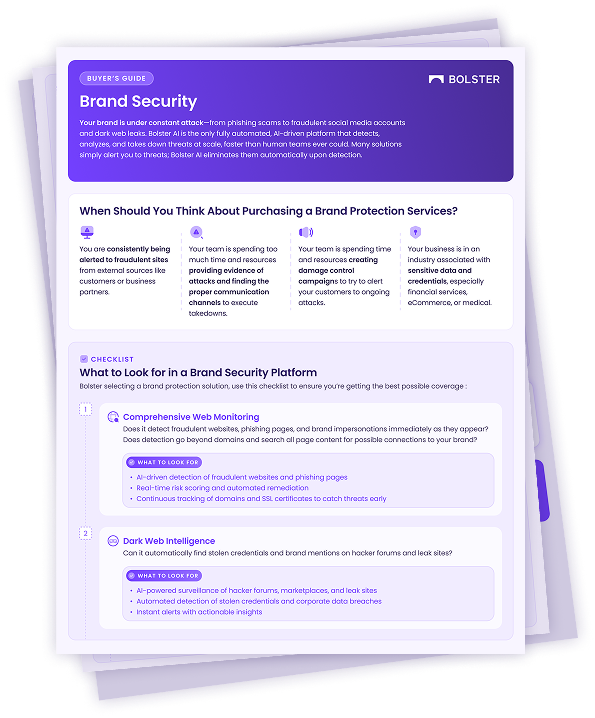Barrel phishing is a type of cyber attack that targets multiple individuals within an organization. It involves sending fraudulent emails to a large group of people, requesting sensitive information or prompting them to click on malicious links. This targeted approach increases the chances of success for the attacker and creates more disruption in terms of data security.
Difference Between Phishing & Barrel Phishing
What sets barrel phishing apart from traditional phishing attacks is its level of authenticity. Attackers go to great lengths to make their emails appear legitimate by using real company logos, email addresses, and even personal details about the recipients. IT security professionals must remain vigilant against these attacks and educate employees on how to identify and avoid falling victim to these scams.
| Aspect | Traditional Phishing | Barrel Phishing |
|---|---|---|
| Primary Target | Individual users | Entire departments within an organization |
| Method | Trick users into revealing credentials or clicking malicious links | Broader campaigns aimed at groups with access to shared systems |
| Impact Scope | Typically limited to one user or account | Affects multiple users and systems simultaneously |
| Level of Deception | Uses spoofed emails or websites that appear legitimate | Often includes highly convincing fake domains and sender details |
| Detection Difficulty | Sometimes detectable by vigilant users or filters | Harder to detect, even by experienced IT professionals |
| Risk Level | Moderate, depending on the user’s access level | Higher, due to potential to access large datasets or critical systems |
| Prevention Strategy | User awareness, anti-phishing tools | Department-wide education, strict verification protocols |
Because barrel phishing targets entire departments, attackers can disrupt multiple systems and steal large amounts of data with a single campaign. The use of spoofed emails and fake websites makes these attacks difficult to detect, even for experienced IT professionals.
How Does Barrel Phishing Work?
Step 1: Reconnaissance and Target Selection
Before launching a barrel phishing attack, attackers gather information about their targets. They may use various techniques such as social engineering tactics or open-source intelligence gathering to identify potential victims.
- Social engineering tactics
- Open-source intelligence gathering
Step 2: Crafting the Bait
Once attackers have identified their targets, they craft believable emails using spoofed domains and addresses that mimic internal contacts like executives or IT staff.
- Creating believable content
Step 3: Delivery of the Email
Attackers deliver the malicious email to their targets through different channels such as email attachments or links embedded within emails.
- Email attachments
- Links embedded within emails
Step 4: Click-Through to Landing Page or Attachment Download
When recipients click on a link in an email or download an attachment, it triggers a payload that can cause harm to their systems and networks.
- Triggering malware downloads
- Redirecting users to compromised websites
Step 5: Execution of Payload
The final step involves executing the payload which could be ransomware, spyware, trojans, credential harvesters among others. This gives attackers access and control over targeted systems/networks, often leading financial losses for businesses.
Types of Attacks Used in Barrel Phishing
Spear phishing attacks are a type of targeted email scam that attempts to trick the recipient into providing sensitive information or unauthorized access. These attacks are personalized and tailored to the specific user, often using social engineering techniques such as impersonation or creating a sense of urgency.
Whaling Attacks, on the other hand, is a highly-targeted attack where cybercriminals go after high-profile individuals within an organization and attempt to gain unauthorized access to sensitive data. This type of attack typically involves extensive research on the individual being targeted and can be incredibly difficult for security teams to detect.
Clone Phishing Attacks involve replicating legitimate emails from trustworthy sources with slight variations in content designed to fool recipients into revealing confidential information or clicking on malicious links. These types of attacks rely heavily on social engineering tactics and can be challenging for users who may not have received proper security awareness training.
Why is Barrel Phishing Dangerous?
Barrel phishing is dangerous because it targets multiple employees at once using convincing, spoofed communications. This scale of attack increases the risk of malware infections, data theft, and system compromise—resulting in financial loss, reputational harm, and regulatory consequences.
Risk Mitigation Strategies
To defend against barrel phishing, organizations should implement a multi-layered security strategy:
- Multi-Factor Authentication (MFA): Require more than just a password to access systems.
- Employee Training: Educate staff to recognize suspicious emails and avoid risky behavior.
- Anti-Phishing Tools: Use email filtering and machine learning-based solutions to detect threats.
- Access Controls: Limit permissions to sensitive systems and segment networks.
- Real-Time Monitoring: Watch for anomalies that signal phishing success or lateral movement.
- Conclusion
Barrel phishing is a growing threat that demands proactive defense. Organizations must combine technical safeguards with ongoing employee training to stay ahead of attackers.As IT security and risk management professionals, it is crucial that we stay up-to-date on emerging threats like barrel phishing in order to effectively protect our organizations from cyber attacks.




